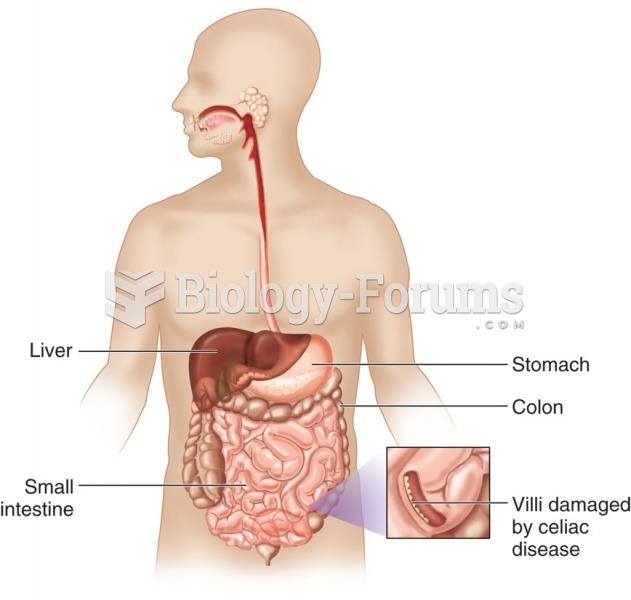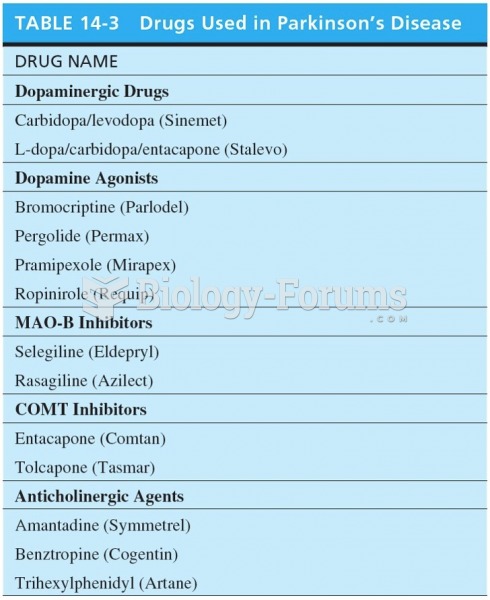Answer to Question 1
Correct Answer: 1
Rationale 1: Liver function is decreased in cirrhosis, leading to a reduction in drug metabolism. Drugs given at normal doses could lead to toxicity.
Rationale 2: Drugs can still be administered by the oral route; the parenteral route would be indicated if the drug is altered by gastric juices or needs to avoid the first pass effect.
Rationale 3: The doses do not need to be evenly divided throughout the day.
Rationale 4: The medications do not need to be given with antacids. Most medications should not be given with antacids, since this alters the pH, and could interfere with adequate absorption.
Global Rationale: Liver function is decreased in cirrhosis, leading to a reduction in drug metabolism. Drugs given at normal doses could lead to toxicity. Drugs can still be administered by the oral route; the parenteral route would be indicated if the drug is altered by gastric juices or needs to avoid the first pass effect. The doses do not need to be evenly divided throughout the day. The medications do not need to be given with antacids. Most medications should not be given with antacids, since this alters the pH, and could interfere with adequate absorption.
Answer to Question 2
Correct Answer: 1,4
Rationale 1: Pain medication given by the intravenous (IV) route will be rapidly and completely absorbed.
Rationale 2: The client has 75 surface area burns; there may not be an area available for intramuscular injections of morphine.
Rationale 3: The client has 75 surface area burns; there may not be an area available to place a transdermal patch.
Rationale 4: Sublingual morphine can be used as a rescue drug.
Rationale 5: The client has 75 surface area burns; there may not be an area available for subcutaneous injections.
Global Rationale: Pain medication given by the intravenous (IV) route or sublingually will be rapidly and completely absorbed. The client has 75 surface area burns; there may not be an area available for intramuscular, transdermal, or subcutaneous injections of morphine.






